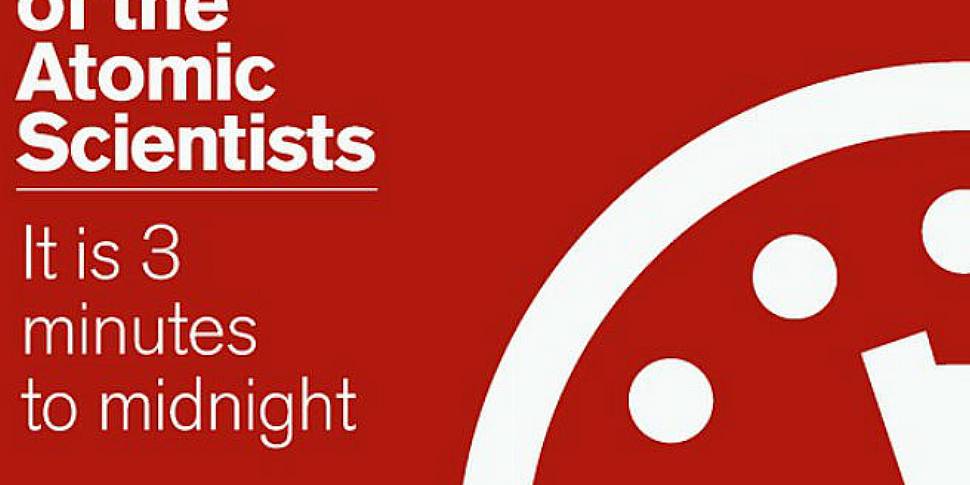The ‘Doomsday Clock’, an illustrative tool showing how close humanity is to destruction, has been move forward by two minutes – the closest we’ve come to midnight since the USSR developed the atomic bomb.
The Bulletin of Atomic Scientists, the body in charge of setting the time on the clock, has rust reset the time to three minutes to midnight. The clock had been set at five minutes to midnight since January 2012.
The minute hand of the clock was put forward in response to growing concerns due to climate change and nuclear warfare, the Bulletin said.
"The possibility of global catastrophe is really very high," said executive director Kennette Benedict. "The choice is ours and the clock is ticking."
This is only the second time that the clock, an infamous part of the Cold War, has been this close to midnight in its 68-year history.
Growing tensions between the US and Russia and the two superpowers failure to commit properly to nuclear disarmament raises the spectre of nuclear disaster, Ms Benedict said.
But climate-change treats also loom in the minds of the scientists responsible for setting the time on the clock.
Richard Somerville, a climate scientist based in California, said the influence of mankind on the climate is glaring.
"Each of the last three decades has been successively warmer than any preceding on record," he said.
Furthermore, 2014 was recognised internationally as the hottest year ever on record, while 14 of the 15 hottest have taken place since 2000.
The ‘Doomsday Clock’ was first established in 1947, a symbolic countdown to man’s destruction of the planet, which hopes to convey how serious the threat of humanity’s behaviour is to the survival of the world’s population.









